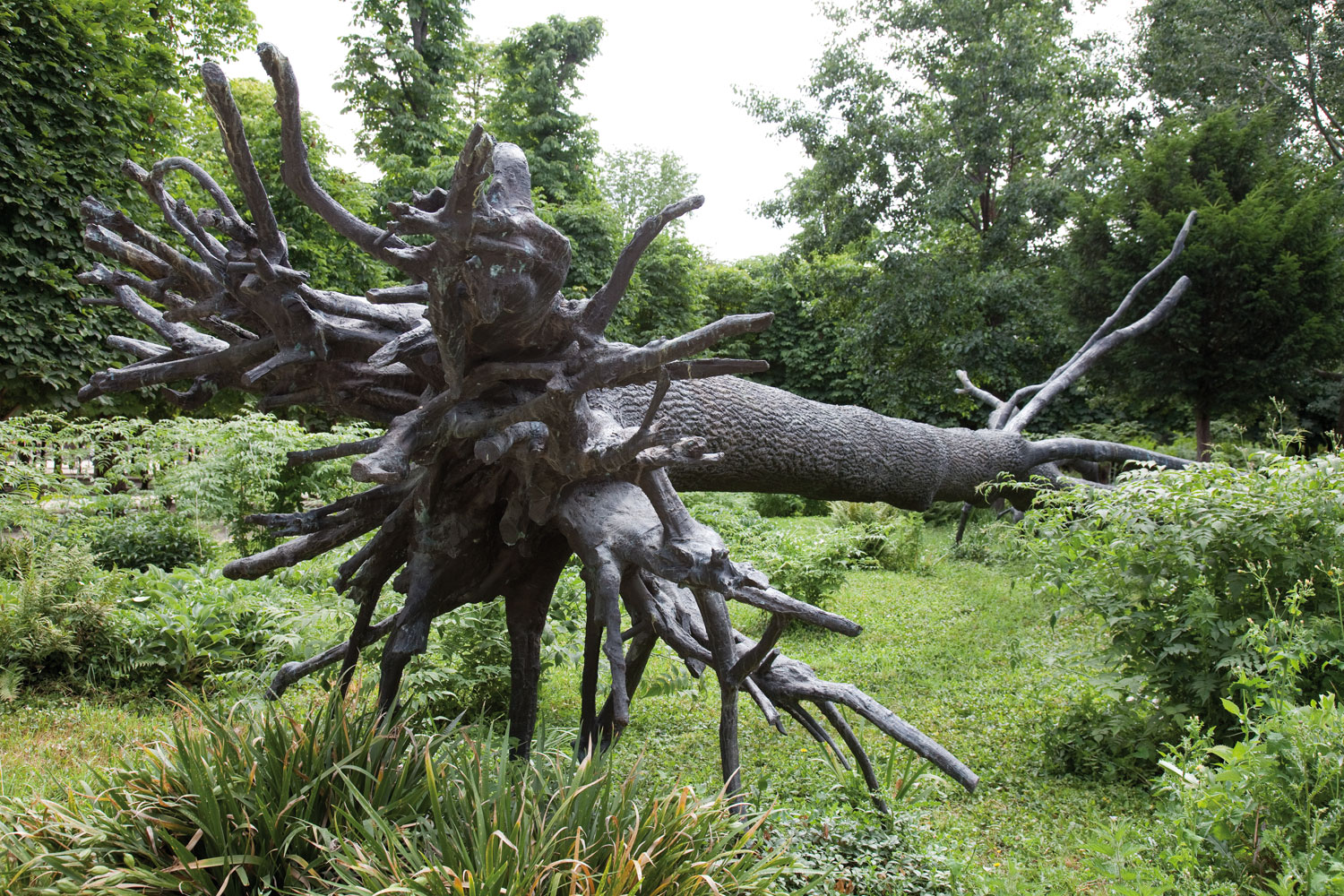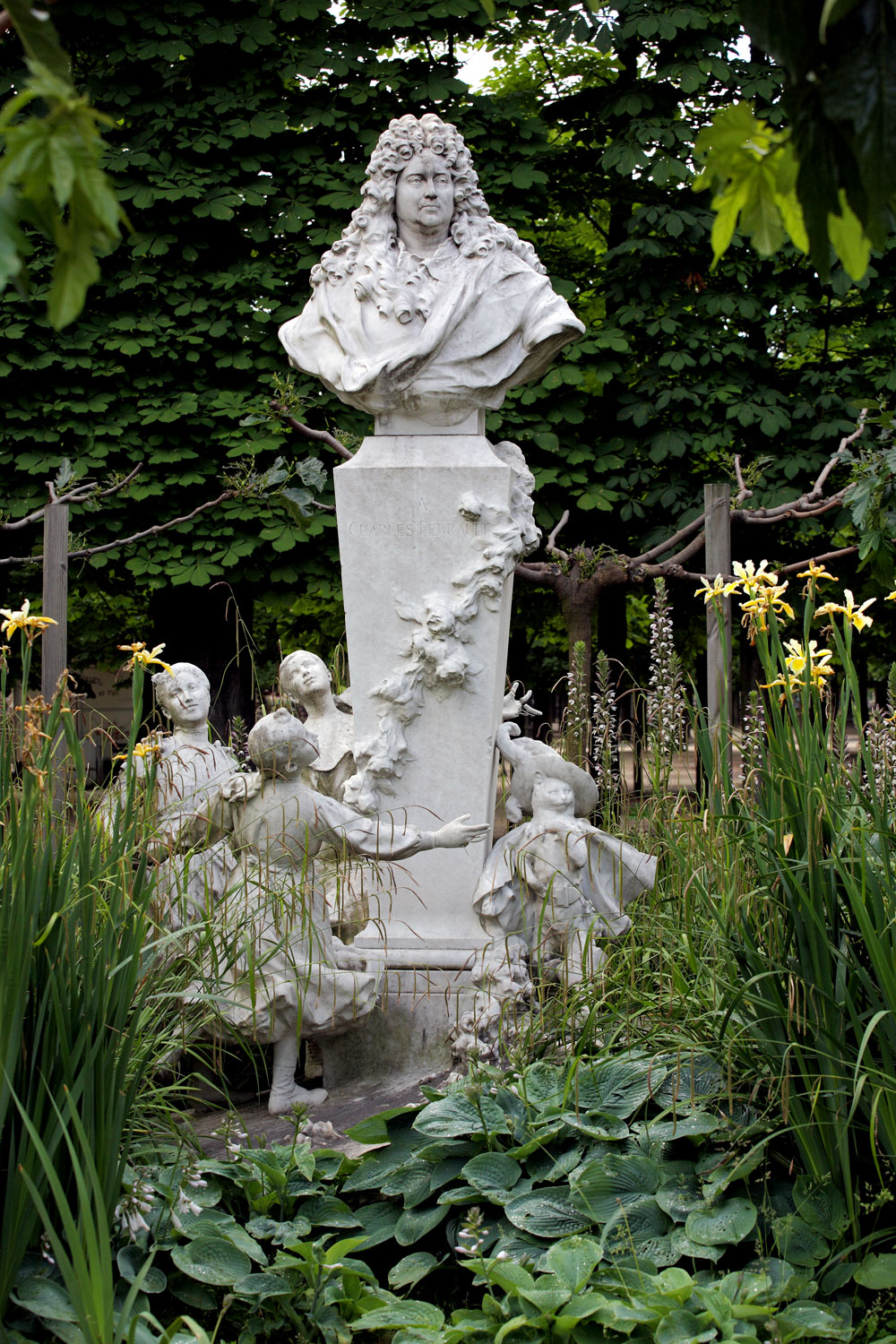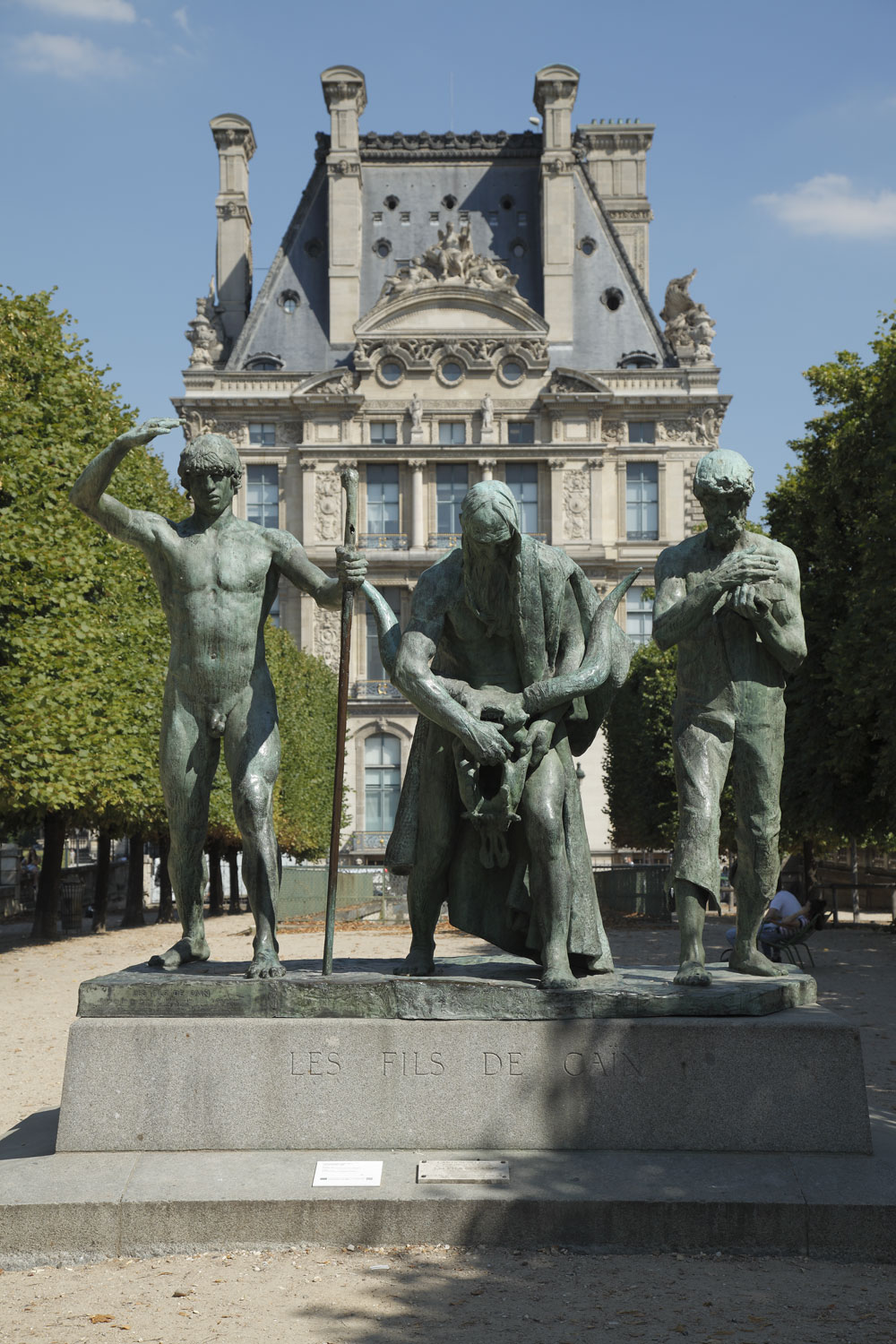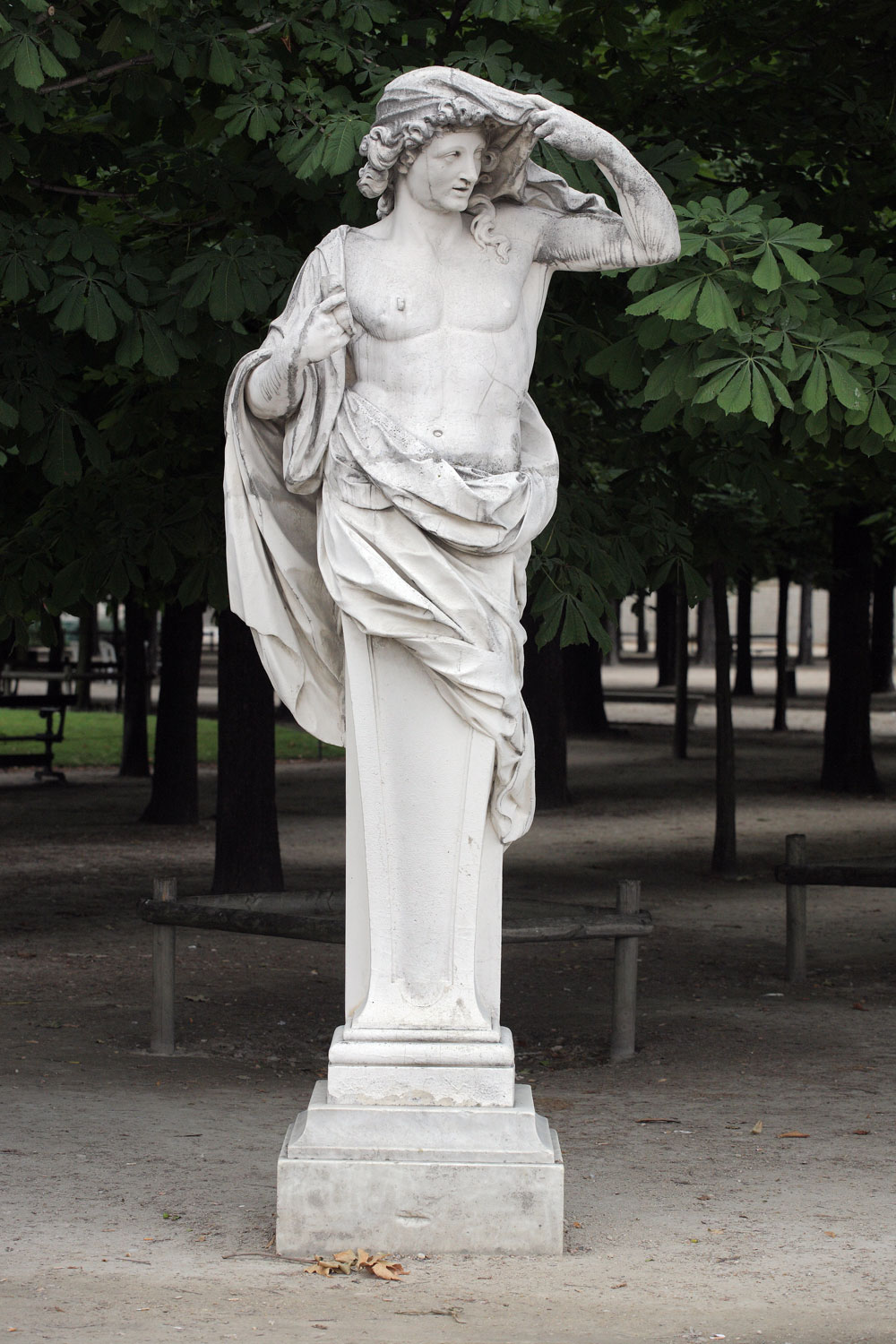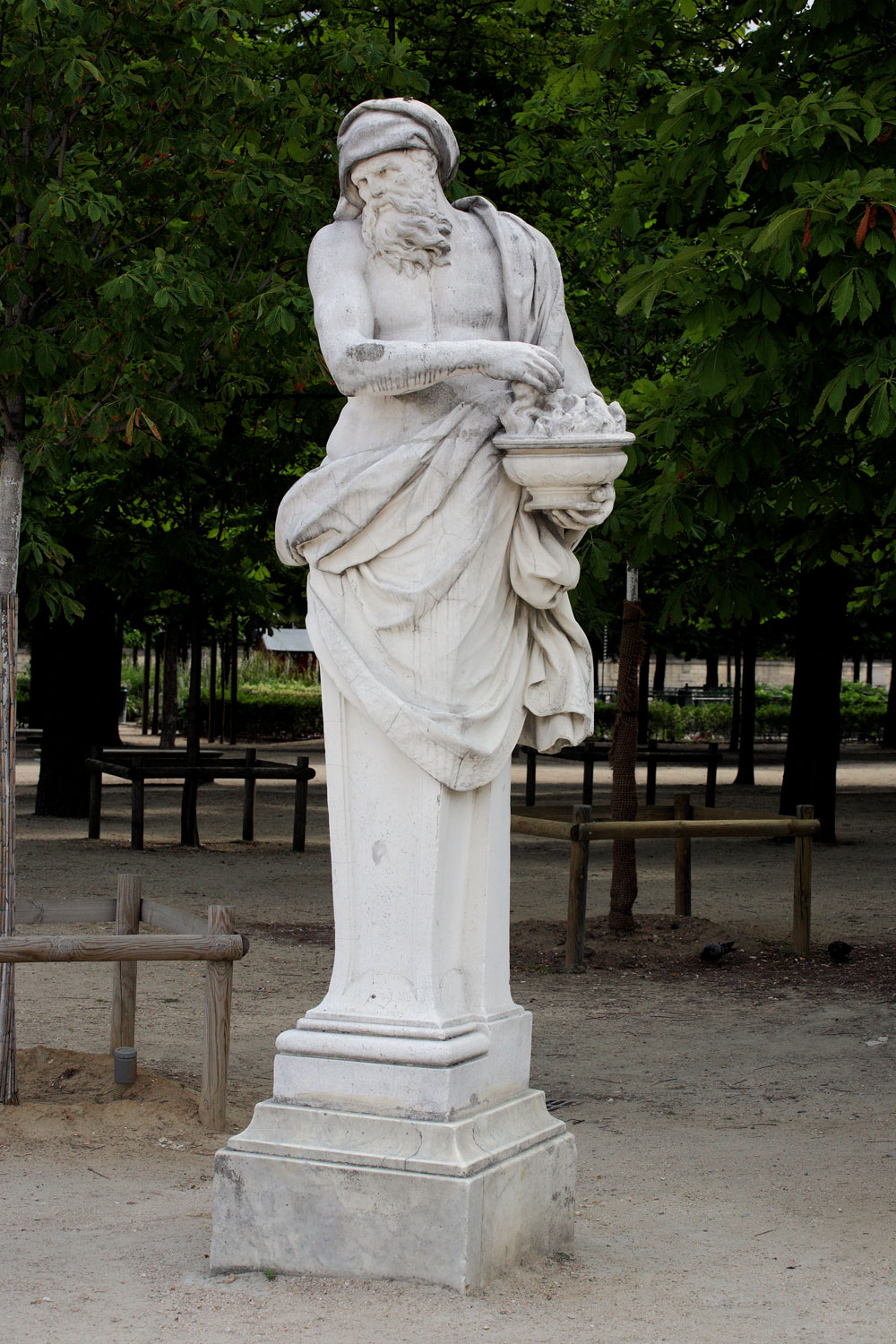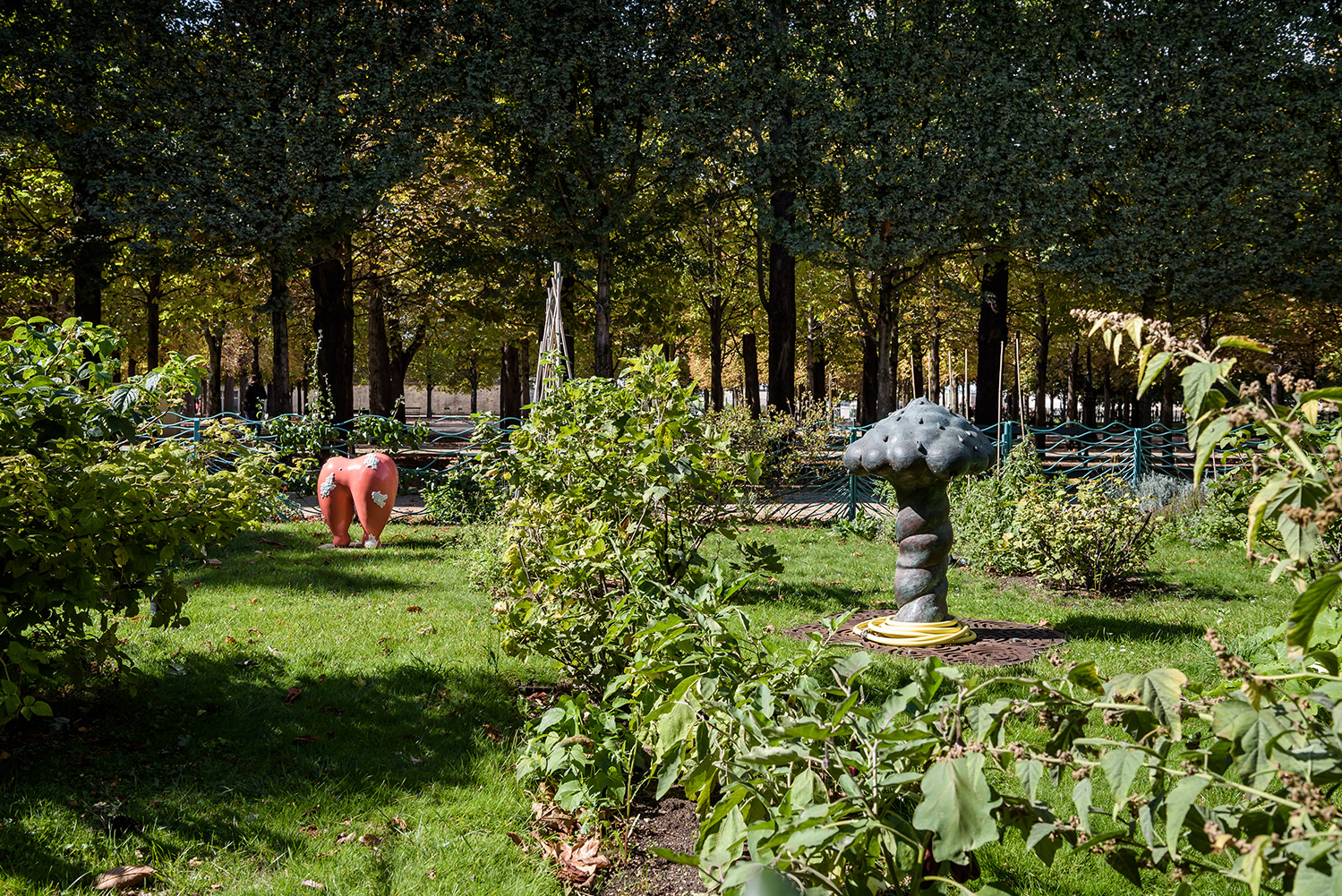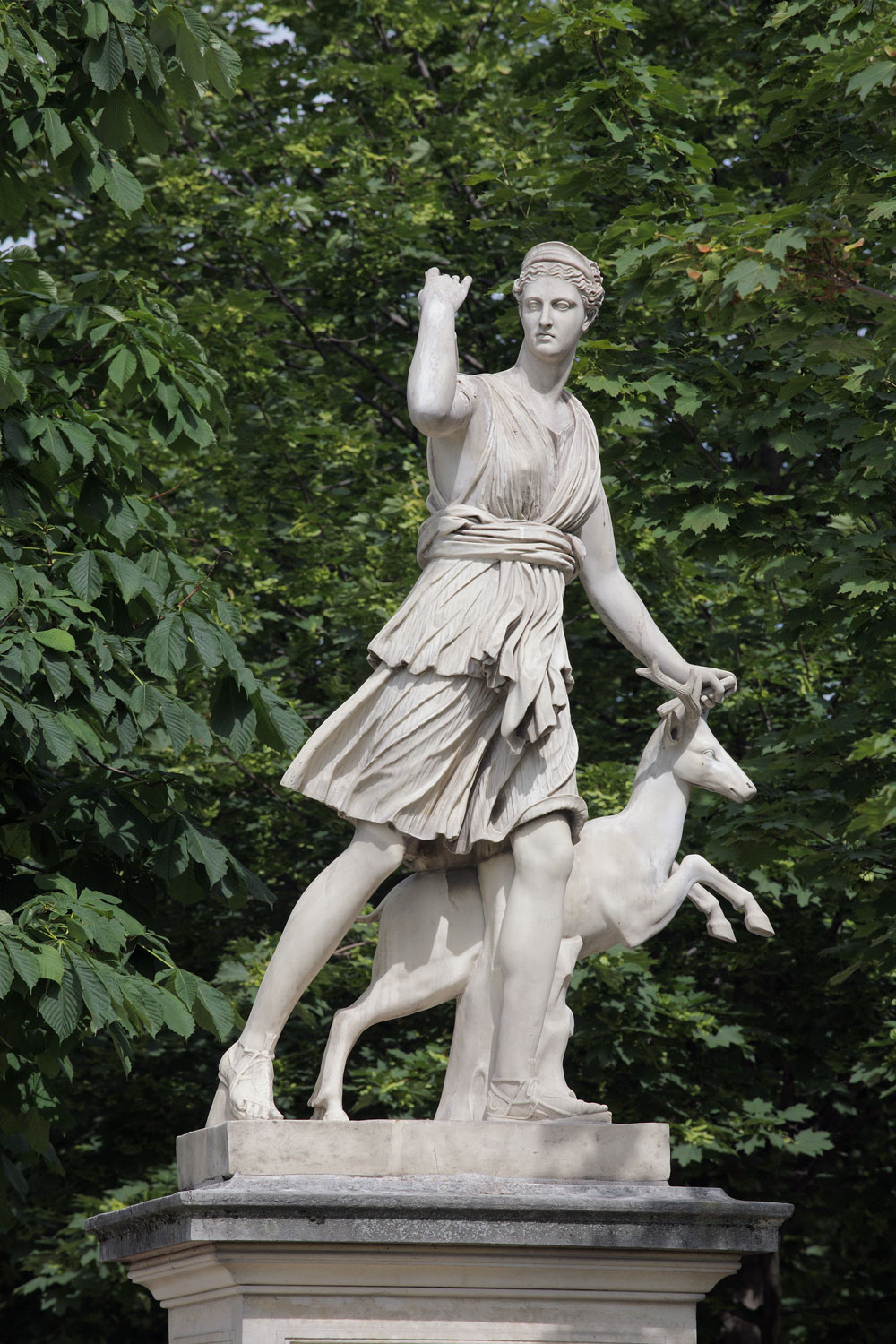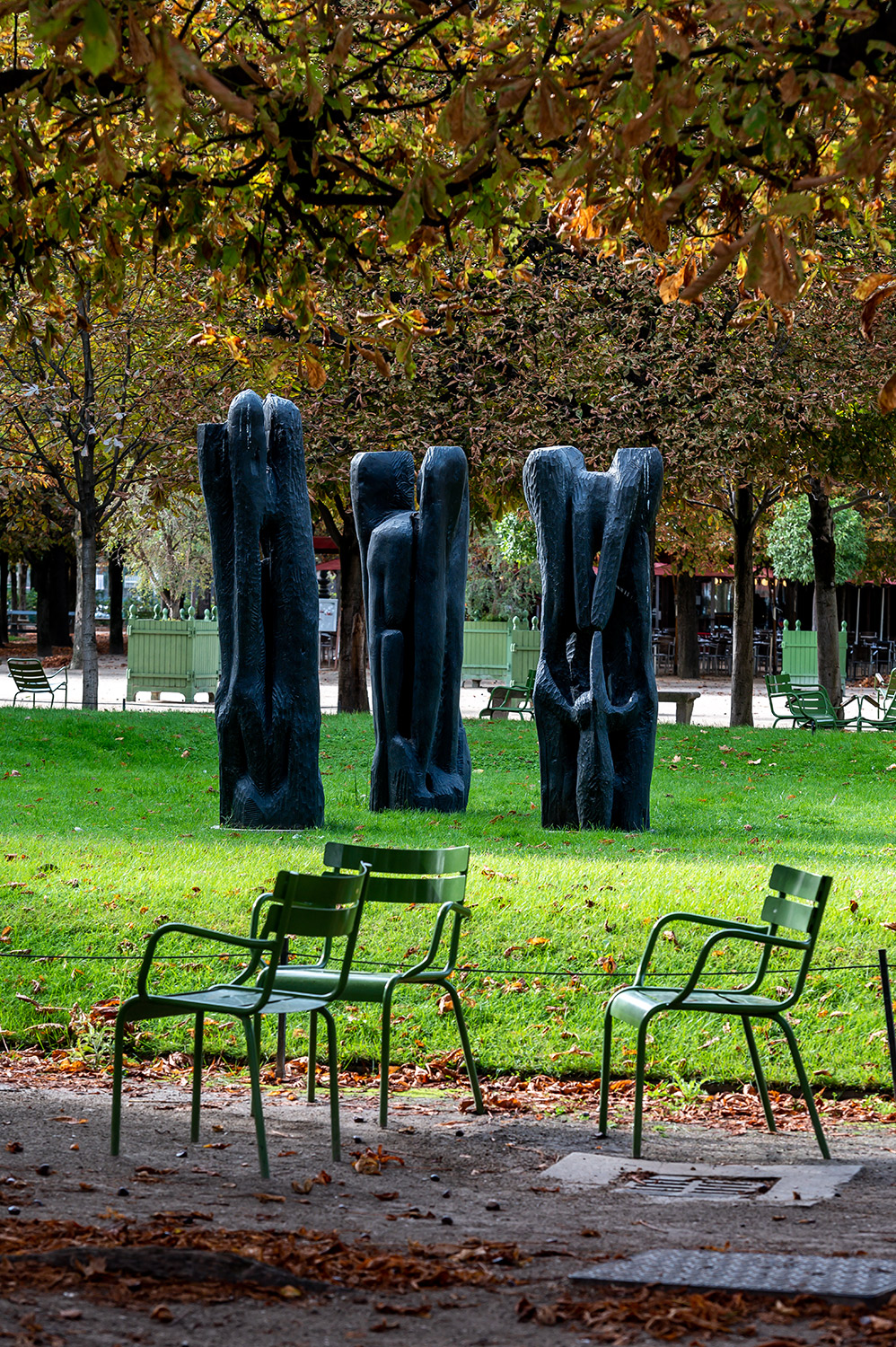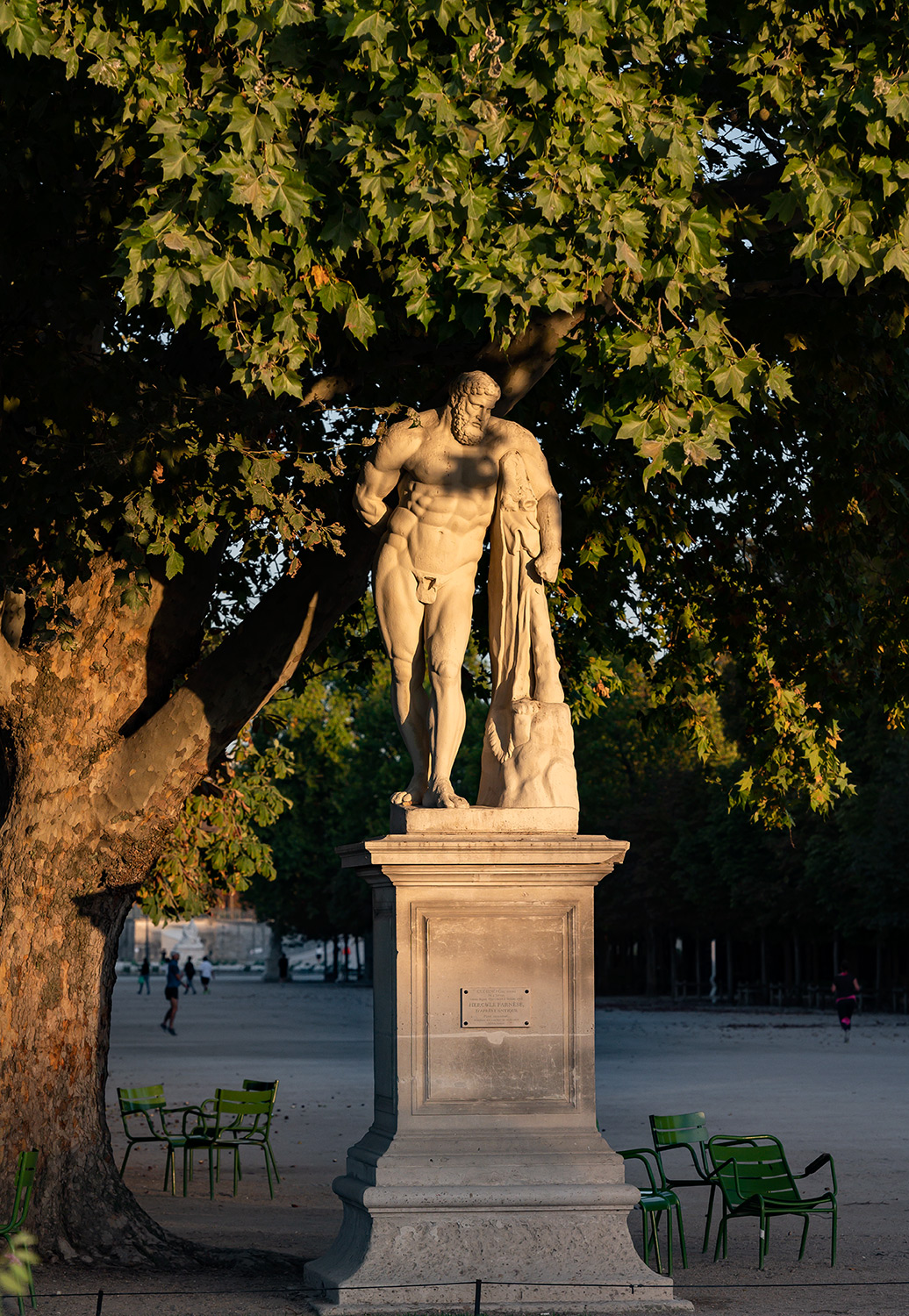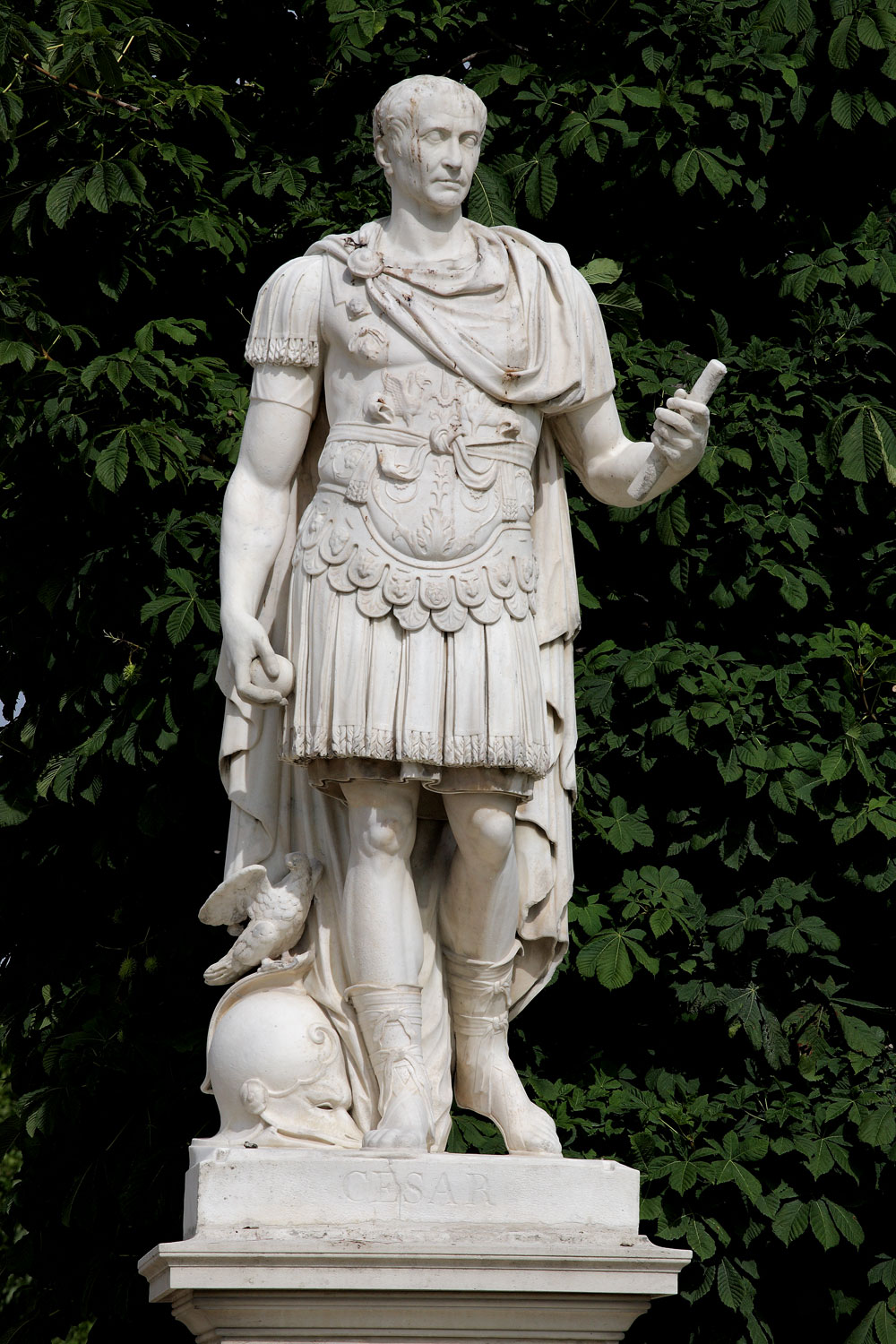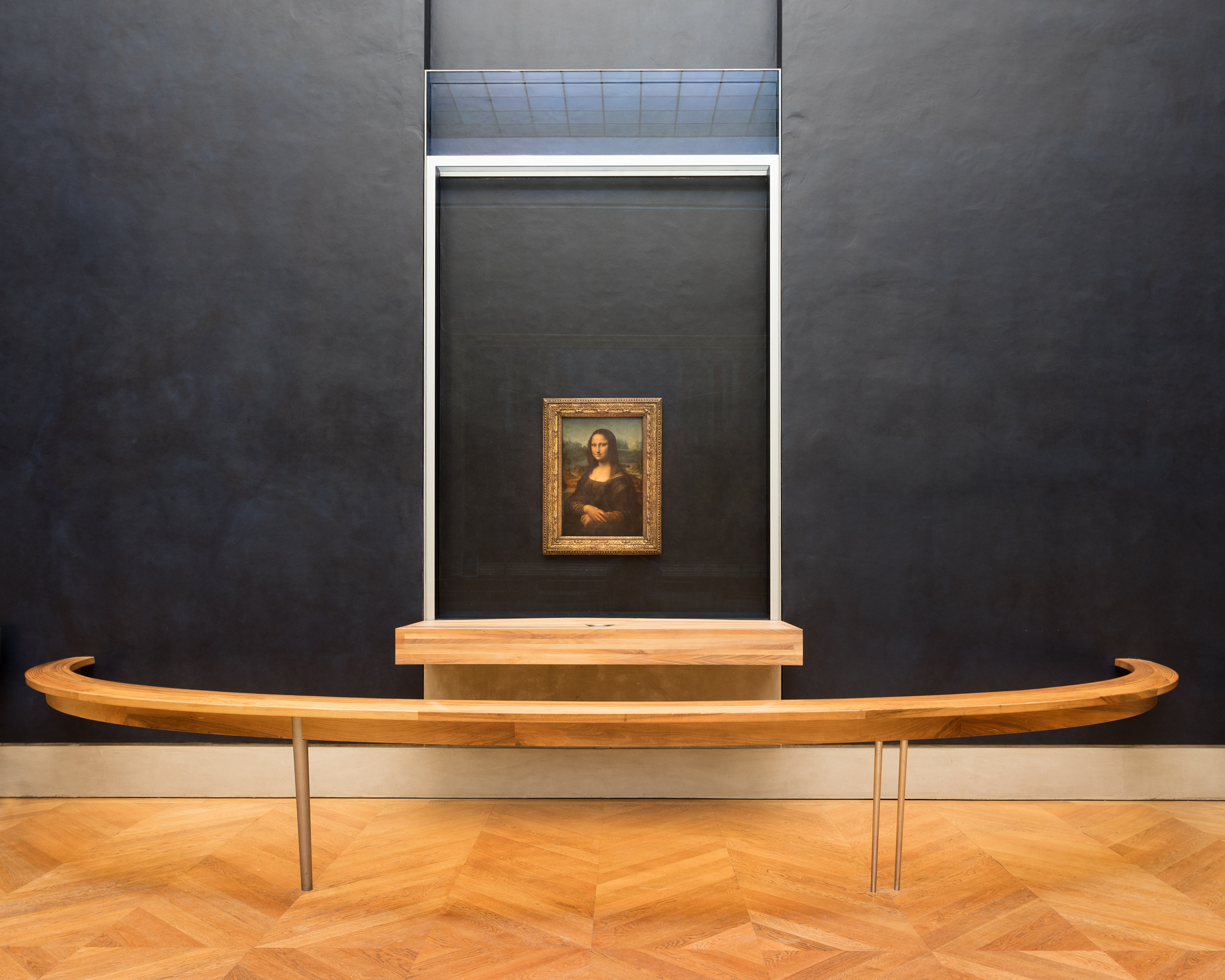From Royal Garden to Public ParkThe Tuileries Garden

This park in central Paris has been a breath of fresh air in the French capital for almost five hundred years. Today, everyone can enjoy a stroll through the garden that was once a royal and imperial family playground, where young king Louis XIII hunted quail and crows and the son of Napoleon I played in the walkways.
The eventful history of the Tuileries Garden
It all began in 1564. Nostalgic for the Florentine palaces of her childhood, Queen Catherine de’ Medici, Henri II’s widow, had a new palace and garden built outside the Paris city walls. The tile factories (tuileries) that had stood on the chosen spot since the Middle Ages gave the new royal residence and garden their name.
The garden was completely redesigned in 1664 by Louis XIV’s landscape gardener, André Le Nôtre. At that time, it was opened for the enjoyment of ‘respectable folk’.
After several modifications and partial privatisation – notably by Napoleon I then his nephew Napoleon III – it was finally opened to the general public in 1871.
The same year, during the Paris Commune uprising, rioters burned the Tuileries palace down to protest against royal and imperial power. The palace was never rebuilt…but the garden has survived to this day.
In 1990, a competition was launched for the renovation of the Tuileries. The winning duo – landscape architects Pascal Cribier and Louis Benech – added contemporary innovations to the historical garden.

André Le Nôtre’s garden
André Le Nôtre, the famous creator of the gardens of Versailles, was born, lived and died in a house (now destroyed) at the very heart of the Tuileries Garden. His father and grandfather before him were also gardeners to the king. Le Nôtre arranged the Tuileries Garden in three large sections – a structure that has remained unchanged over the centuries.
Three different areas to enjoy
The Grand Carré
In accordance with the French garden tradition, the section of the Tuileries Garden nearest to the palace was designed to be admired from its windows. Called the Grand Carré, it was embellished with ponds and embroidery-like garden beds outlined by low boxwood hedges. Today’s simpler flower beds allow the estate’s gardeners greater freedom to express their creativity.
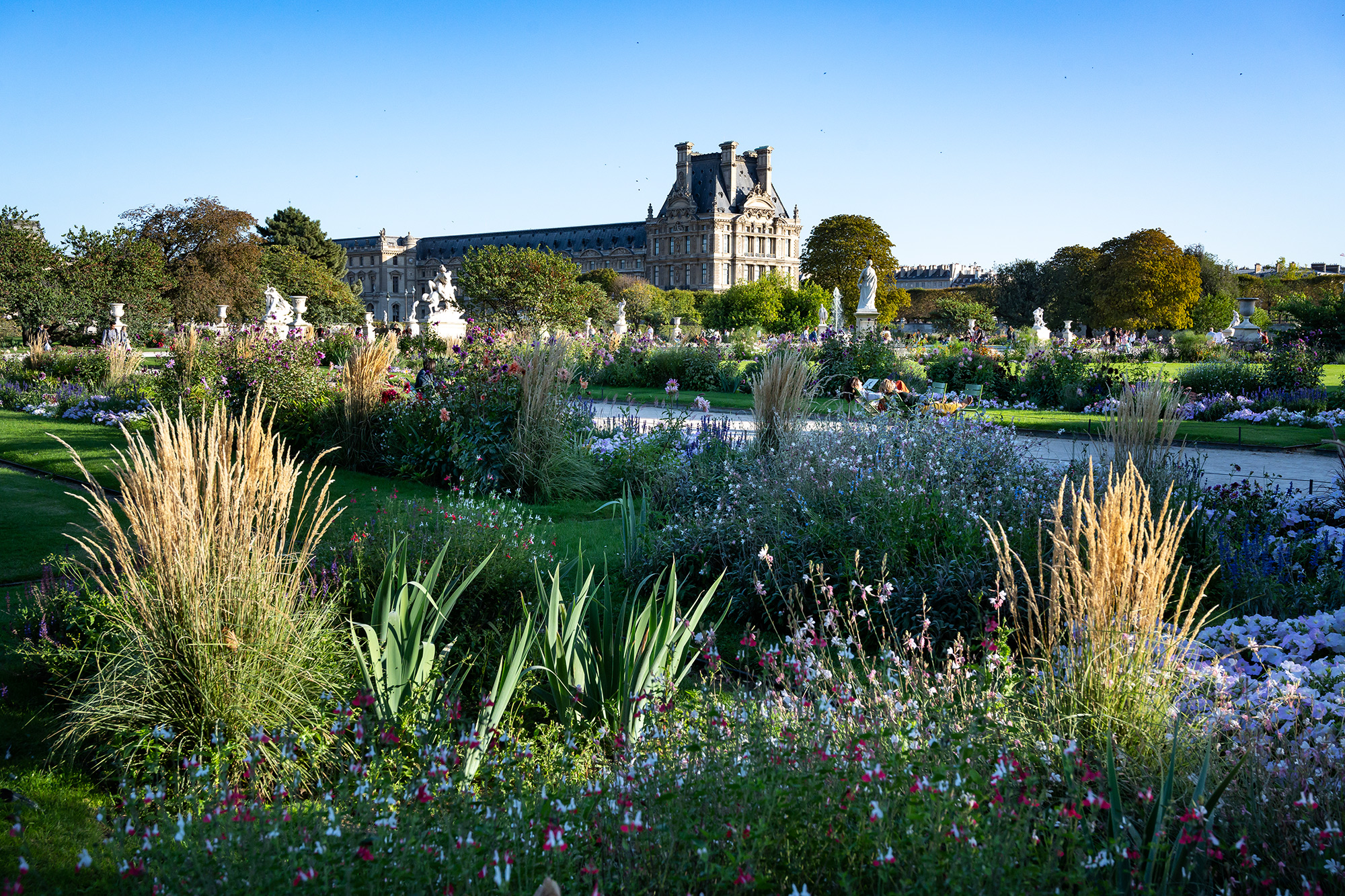
The Grand Couvert
The next section of the garden, the Grand Couvert, is the shady, wooded part, where Le Nôtre oversaw the planting of eight deciduous-tree groves, arranged symmetrically but each different in atmosphere. The majestic Grande Allée, which intersects the Grand Couvert, is aligned with the Champs-Elysées – laid out by André Le Nôtre as an extension of the garden.

The horseshoe ramps and the terraces
The Octogone is an open area surrounding the octagonal Grand Bassin and the horseshoe-shaped ramps that lead to the terraces bordering the garden. The Seine-side terrace serves as an embankment to protect the Tuileries from flooding; the symmetrical Terrasse des Feuillants runs alongside the rue de Rivoli.
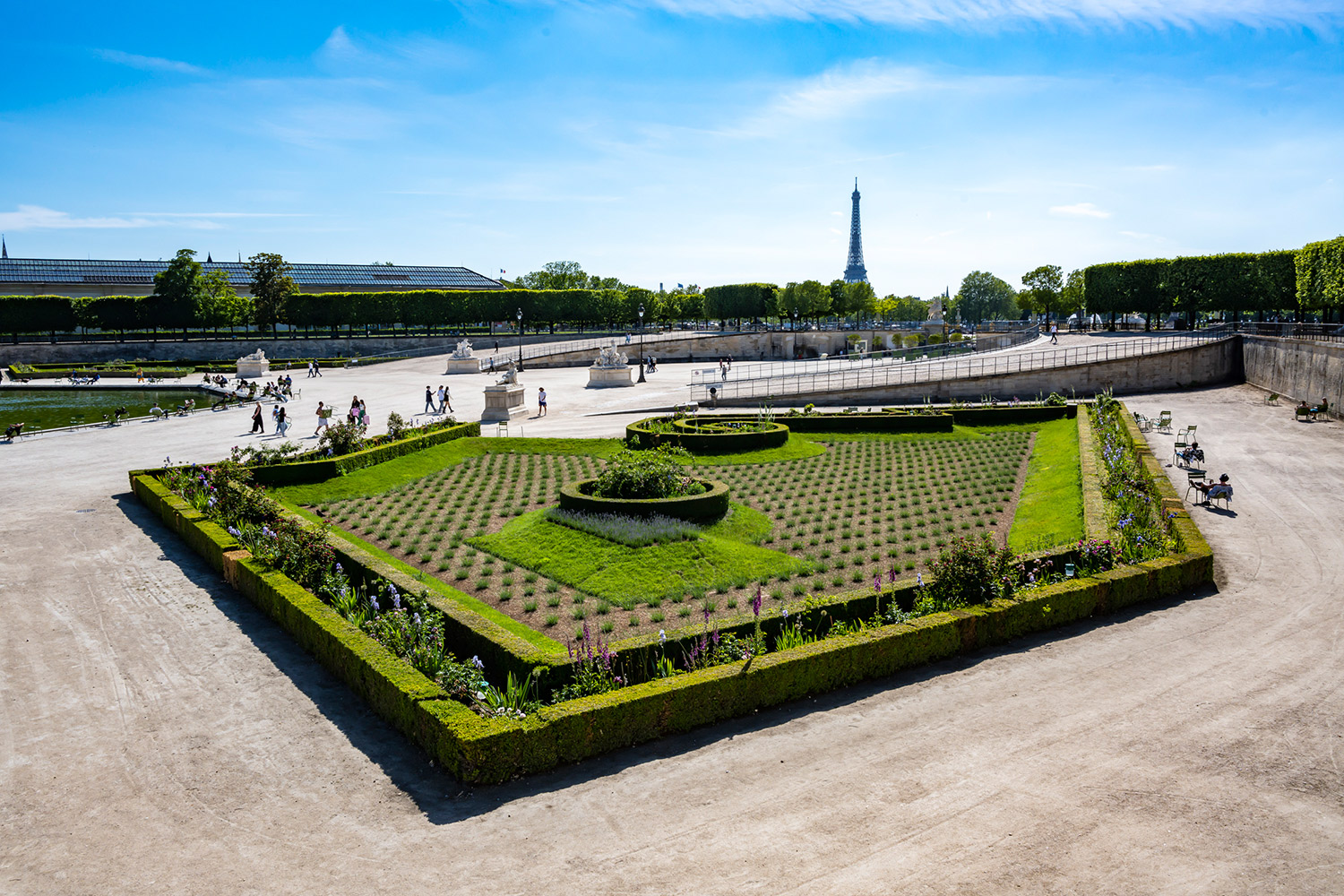
An open-air museum
The Tuileries Garden has been decorated with statues and vases since the 18th century. Each successive government has removed or added sculptures according to changes in taste. Many of the groves are home to sculptures loaned by museums of modern and contemporary art. Also represented are famous sculptors from the 17th century to the present day, including Antoine Coysevox, Auguste Rodin, Jean Dubuffet, Giuseppe Penone and Louise Bourgeois.
Specialised conservators are responsible for the maintenance of the sculptures. When necessary, the most fragile marble works are moved to the shelter of the Louvre – to the Cour Marly and Cour Puget (Richelieu wing) – and replaced in the garden by replicas.
A garden full of sculptures

Etienne Jules Ramey, Theseus Fighting the Minotaur
1 sur 15
Did you know?
Rose Valland Terraces
From 1940 to 1944, the occupying Nazis turned the museum into a sorting facility for the works of art they looted from Jewish dealers, collectors and private owners. During this period, the museum curator Rose Valland (1898–1980), acting on the order of Jacques Jaujard, director of the Musées Nationaux, documented the Nazis’ operations daily, secretly keeping meticulous records of the works arriving, being stored and shipped away, and exposing herself to significant danger in the process.
Her courageous act of resistance helped to locate thousands of works of art at the war’s end, particularly in Germany, and return them to their legitimate owners. These efforts are still ongoing today.
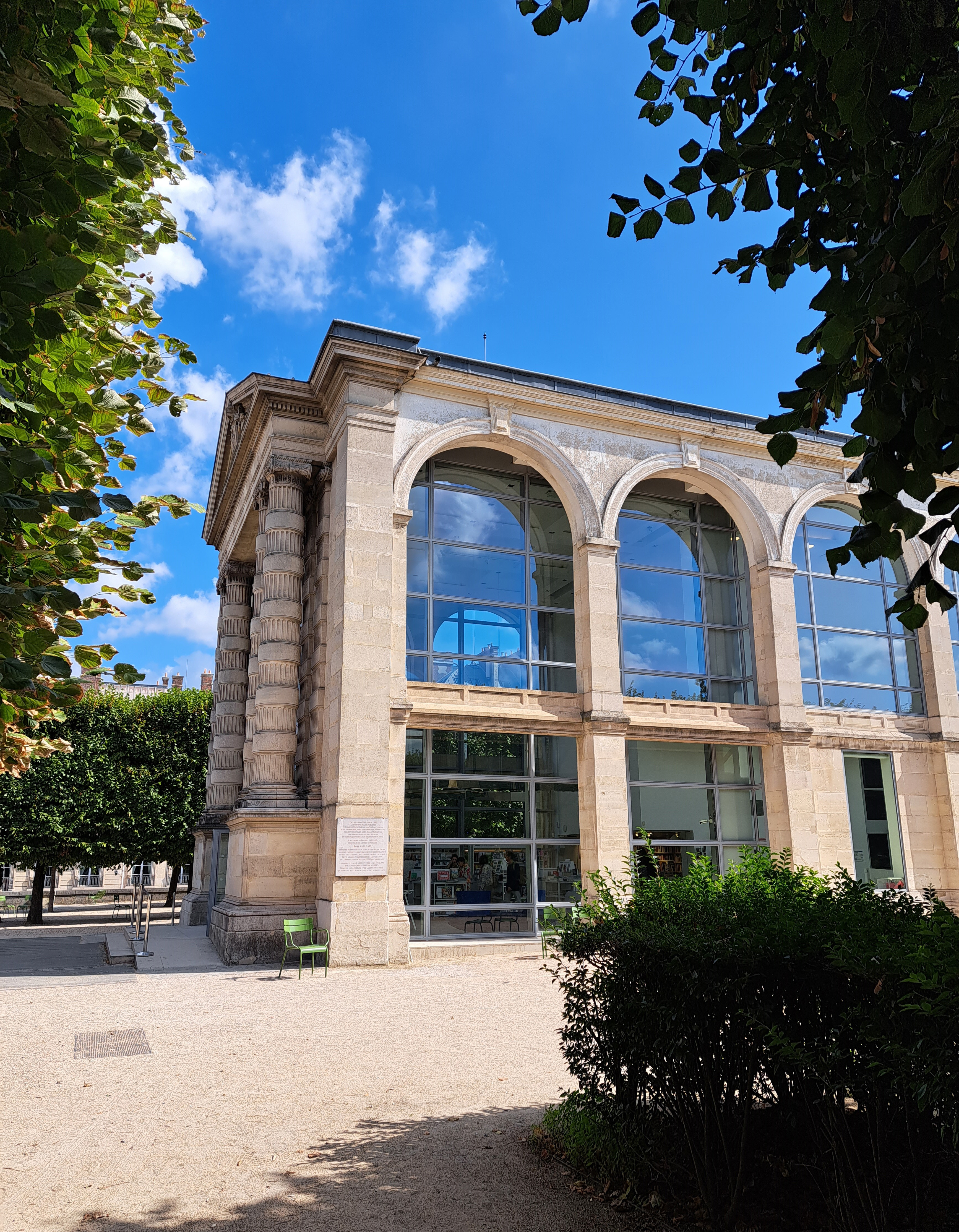
An optical illusion
André Le Nôtre had a remarkable sense of geometry! From where the Tuileries palace once stood, the four ponds in the garden appear to be the same size. In fact, the octagonal pond at the end of the Grande Allée is twice as big as the round one. This west-east vista was extended over the years: it now stretches from the Arc du Carrousel to the Arc de Triomphe and the Arche de la Défense, via the Obelisk on Place de la Concorde.
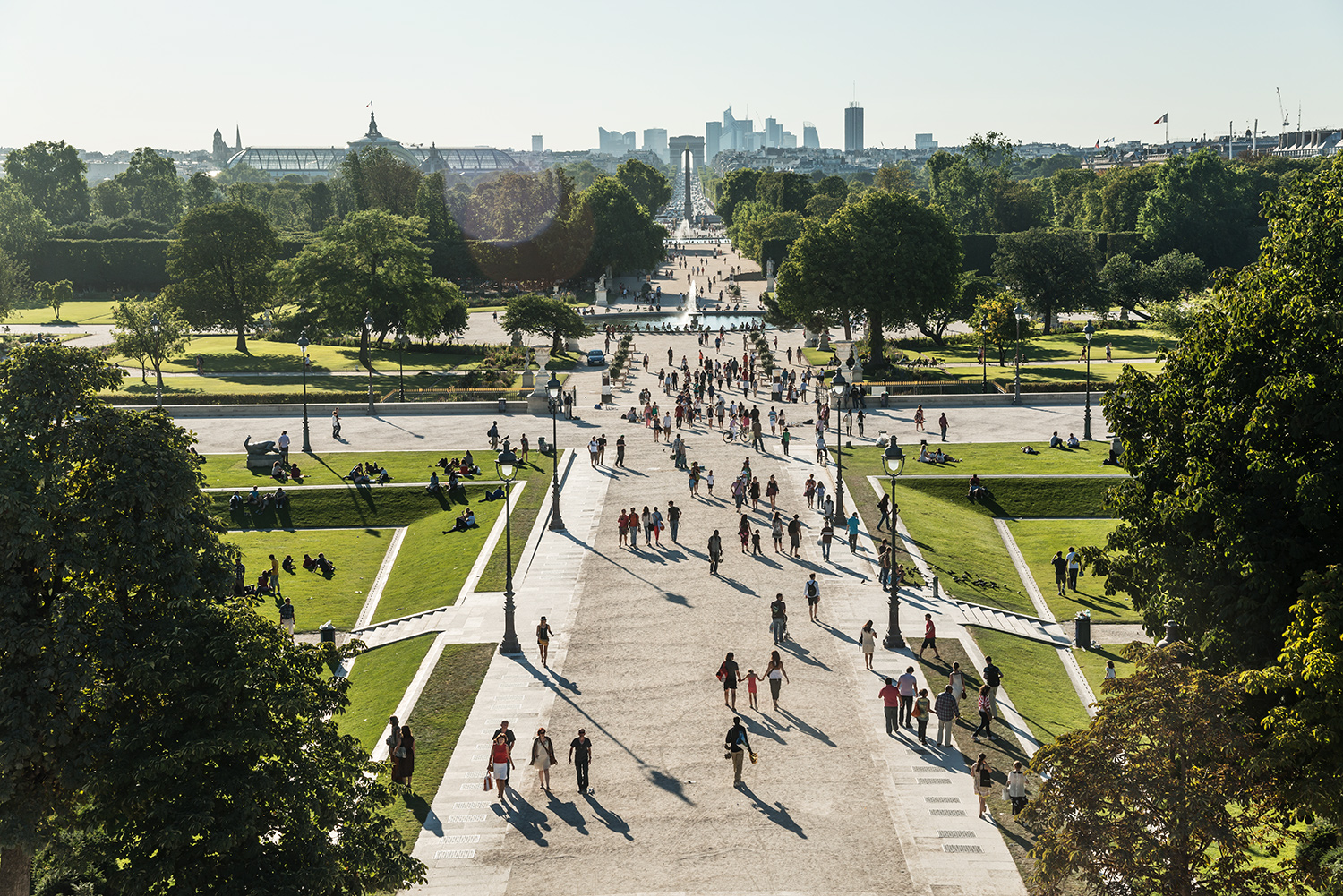
Bringing exhibitions into the Tuileries
Since 2005, the Louvre has been responsible for the management and development of the Tuileries Garden. Every year, the gardeners create new spring and summer floral arrangements in line with the museum’s cultural calendar, so the flowerbeds are themed to suit the exhibitions or key events of the moment!

More to explore
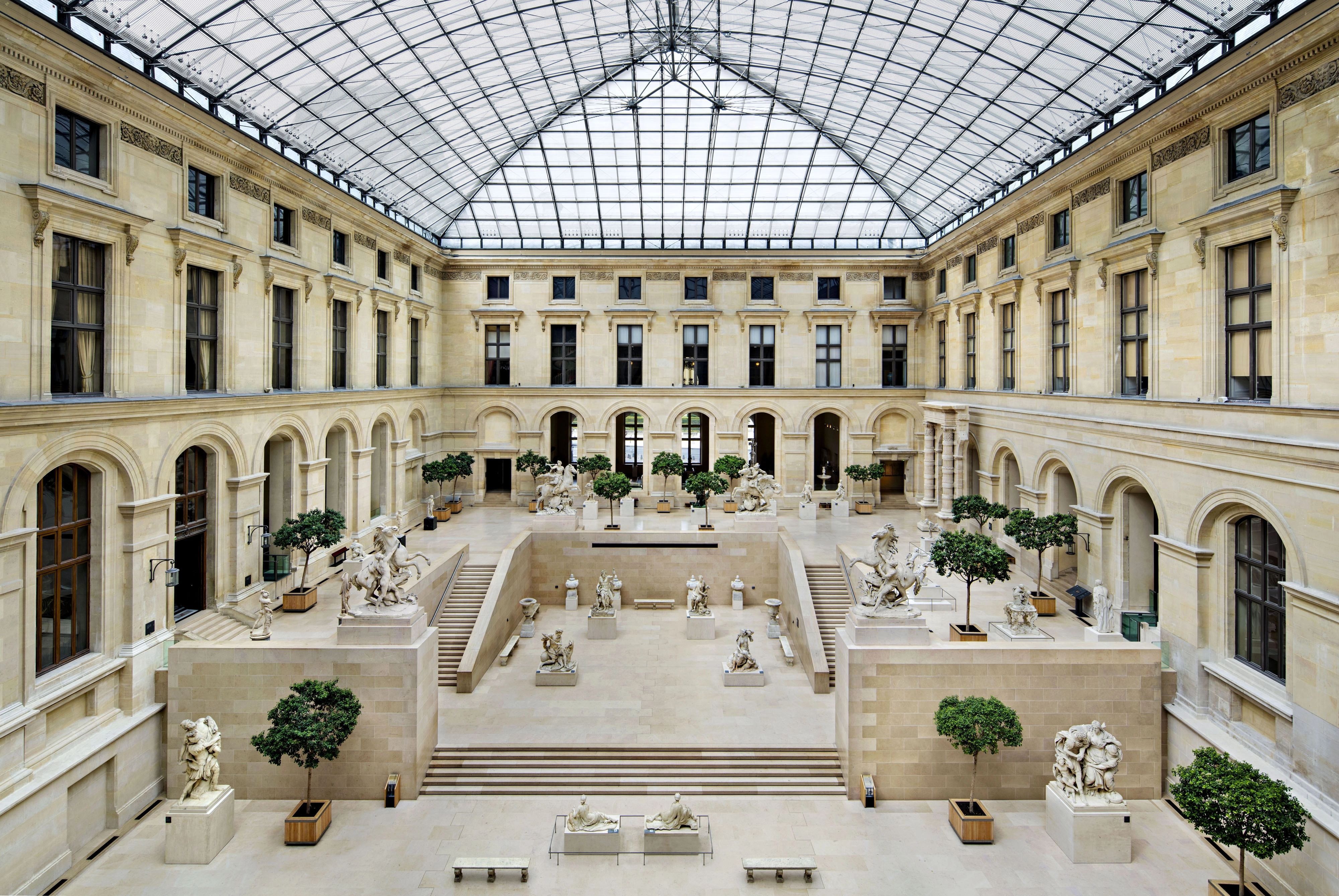
Shining new light on sculpture
Cour Puget and Cour Marly
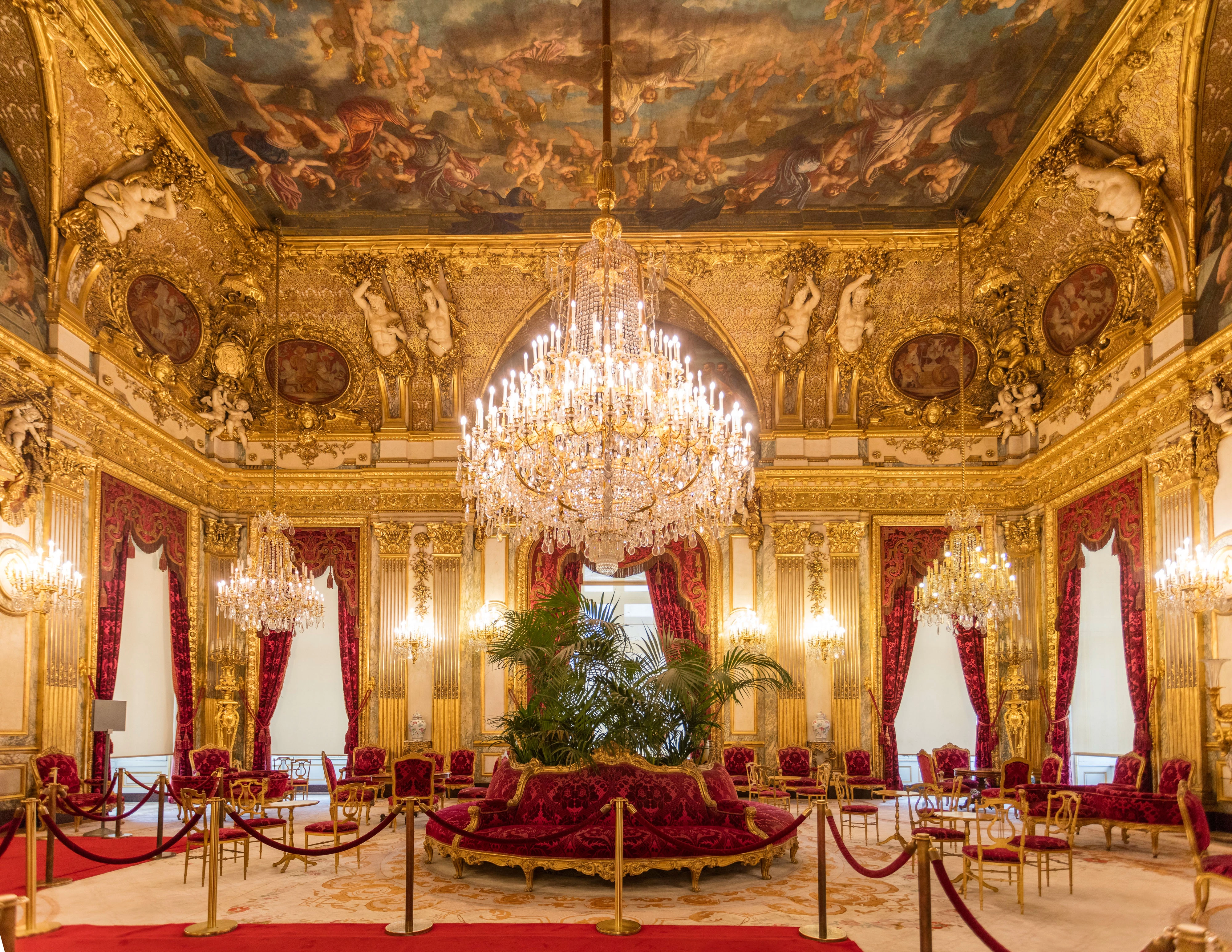
The Splendour of the Second Empire
The Napoleon III Apartments
